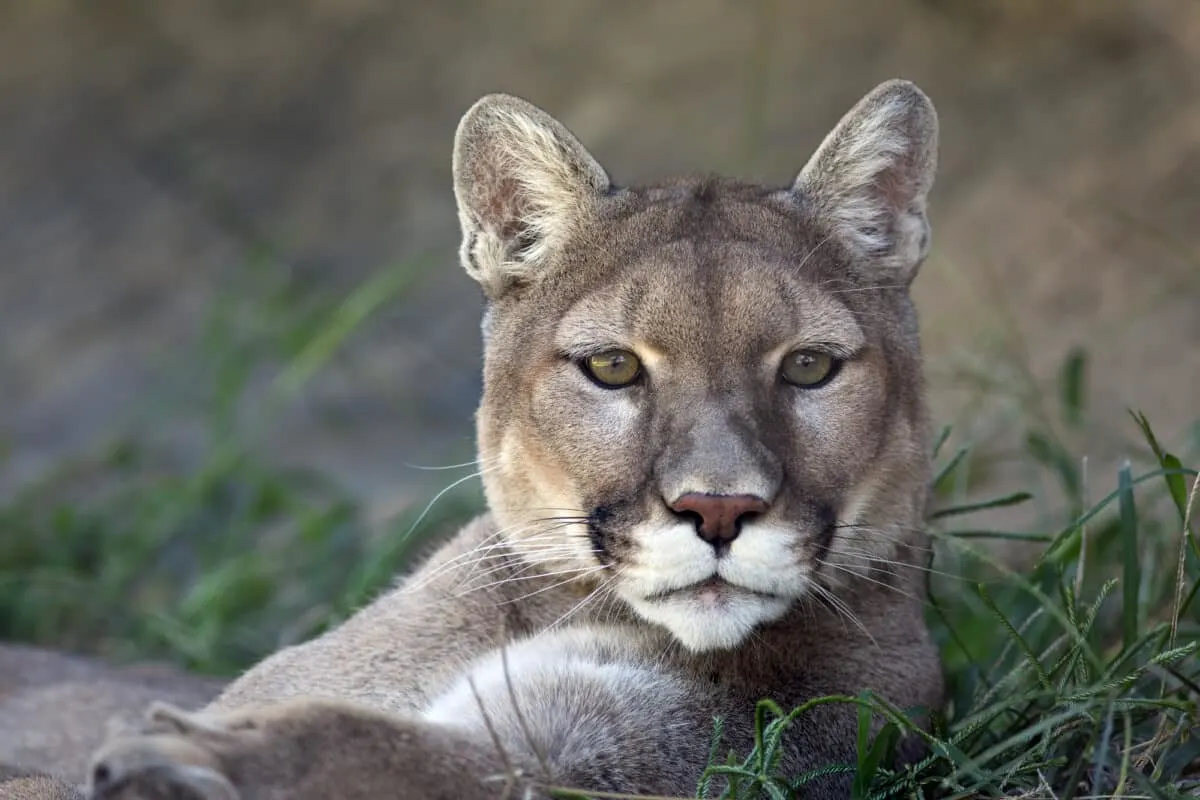Have you ever wondered what the differences are between two of North America’s most astonishing animals – the American Black Bear and the Puma? With standard features like their stealthy movements, powerful front legs, a strong survival instinct, and even sharp eyesight, these fascinating creatures certainly have resemblances.
But who will win in an encounter if they meet each other? Let’s explore what sets these predators apart while discovering which can survive in various environments. Keep reading for an insightful exploration into the lives of two exceptional mammals!
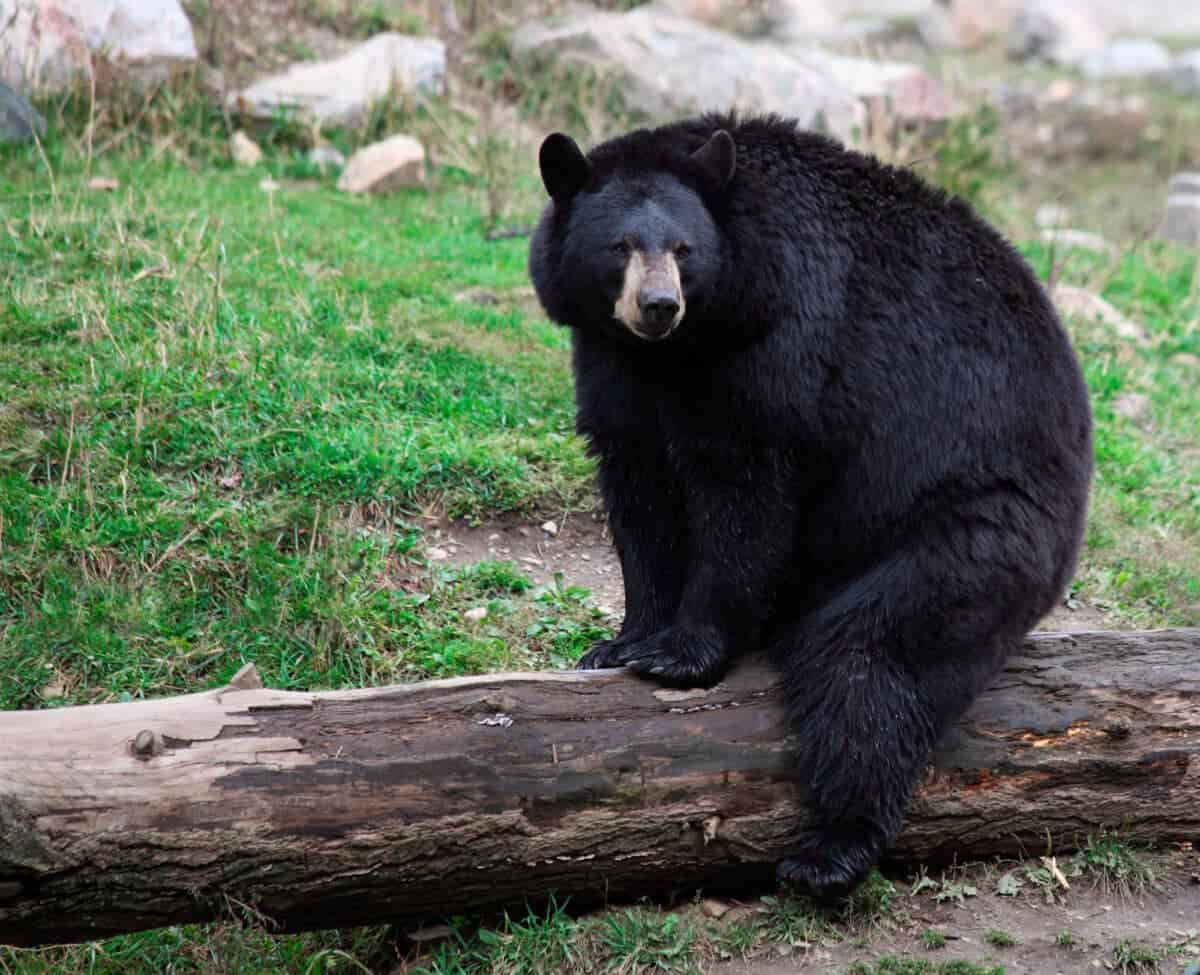
Key Points
| The American black bear is a medium-sized bear that typically weighs between 125 and 600 pounds. |
| Pumas are also known as Mountain Lions or Cougars and are pretty significant, with males typically weighing between 115-220 pounds. |
| American Black Bears are typically found in densely forested areas, swamps, mountains, and even deserts. They are solitary animals, and their range size varies depending on gender, age, and food availability. |
| On the other hand, Pumas are known for their agility and stealth and can be found in various landscapes, including forests, deserts, and grasslands. They are solitary hunters and are most active at dawn and dusk. |
| Black bears are predominantly solitary animals but are not opposed to occasional socializing. In contrast, pumas are solitary predators and prefer to remain so throughout their lifetime. |
Want to jump ahead? Click below
Overview of American Black Bear and Puma Characteristics
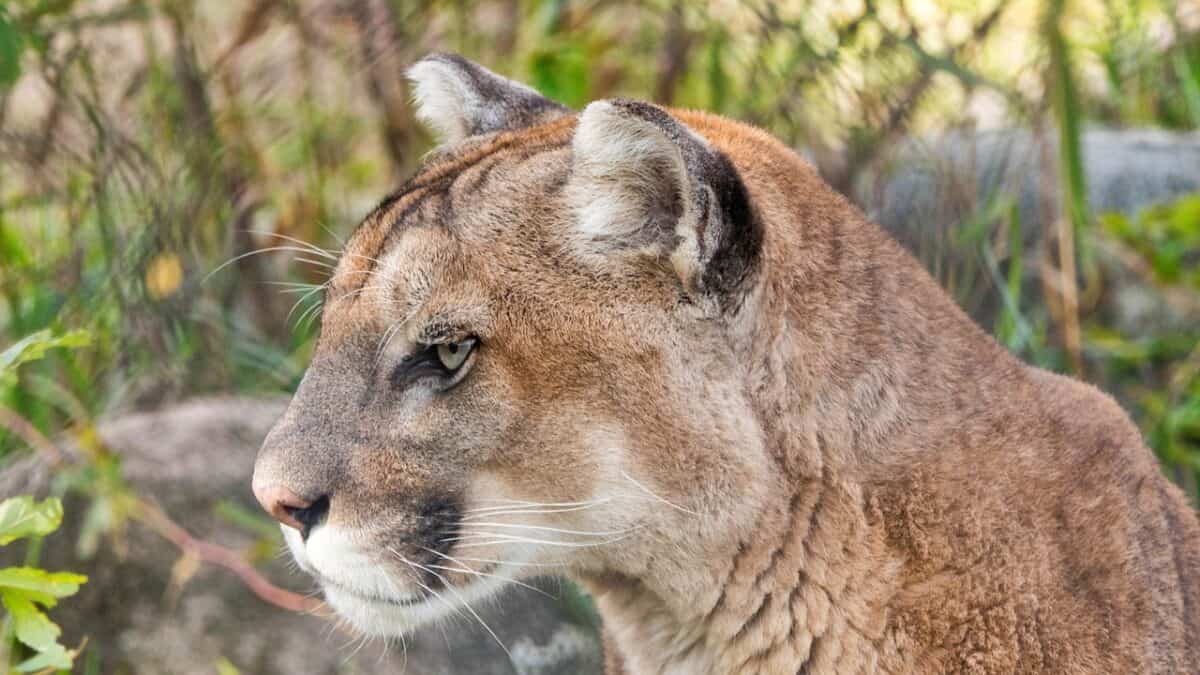
American black bears and pumas are two of the most iconic mammals in the North American wilderness. Boasting unique qualities, these creatures have captured the hearts of many nature enthusiasts.
Here are some of the characteristics that make these animals genuinely fascinating.
Comparison Table
| Characteristics | American Black Bear | Puma |
|---|---|---|
| Size | Medium-sized, typically 125-600 pounds | Significant, males weigh between 115-220 pounds |
| Habitat | Found across North America in forests, swamps, and cities | Various habitats, including mountains, forests, and deserts |
| Diet | Omnivores. Eat both plants and animals | Primarily feed on deer but also consume other animals |
| Social Behavior | Not solitary, often live in groups | Solitary. These territorial creatures mark boundaries |
| Physical Characteristics | Glossy black fur, distinctive V-shaped snout | Muscular, tan-colored cats with distinctive black-tipped ears. |
In summary, the American black bear and Puma are unique creatures with fascinating characteristics. These animals are truly remarkable, from the American black bear’s social behavior to the Puma’s territorial marking.
Habitat Comparison: Where Each Species is Located – American Black Bear and Puma
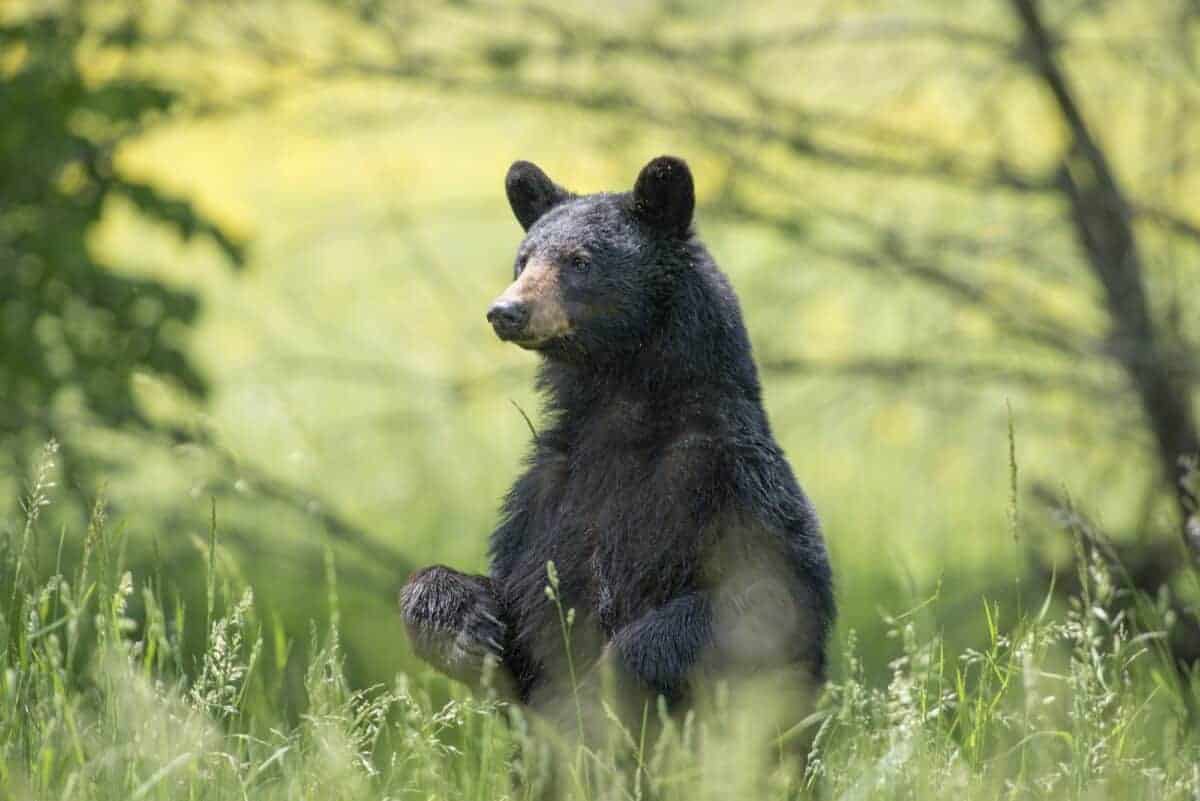
American Black Bear and Puma are two of the fascinating large mammals that call North America their home. Both species are widely distributed across various habitats in the continent, but where exactly can they be found? And how do their habitats compare?
American Black Bears’ Adaptability and Feeding Habits
American Black Bears are typically found in densely forested areas, swamps, mountains, and even deserts. They are solitary animals, and their range size varies depending on gender, age, and food availability. Black bears have a tremendous sense of smell. They sustain themselves by consuming a variety of plant matter, fruits, insects, and small creatures.
Pumas’ Stealth and Carnivorous Nature
On the other hand, Pumas are known for their agility and stealth and can be found in various landscapes, including forests, deserts, and grasslands. They are solitary hunters and are most active at dawn and dusk. Pumas are carnivorous and hunt a wide range of prey, including deer, elk, and coyotes.
Habitat Preferences
Although both species have a wide distribution, American Black Bears prefer denser forests, while Pumas are more adaptable and can be found in various habitats. Their diets and hunting patterns also differ, with Black Bears omnivores and Pumas carnivores.
By understanding these two species’ habitat preferences and behavior, we can better protect and conserve their populations for future generations.
Differences in Diet and How They Hunt for Food: American Black Bear and Puma
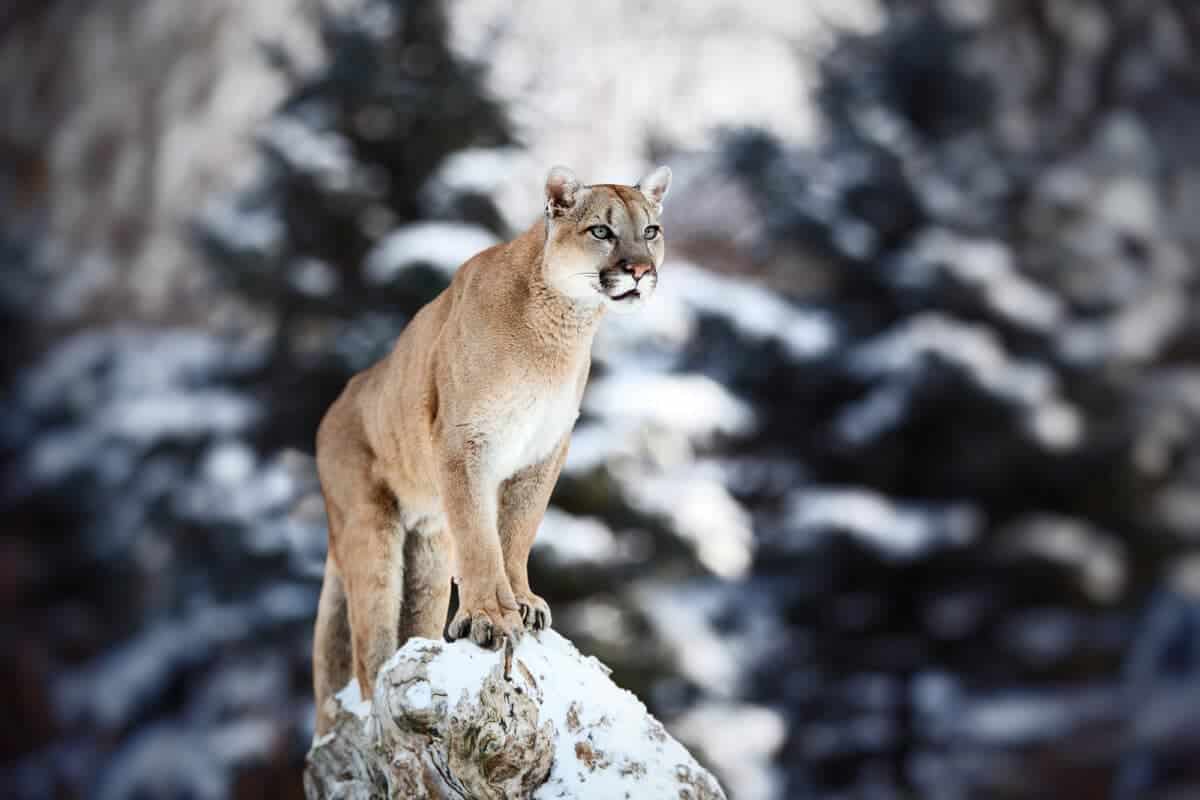
The American black bear and Puma, two of North America’s most iconic large predators, have evolved different hunting methods and diets based on their ecological niches.
American Black Bears’ Versatile Diet and Hunting Strategies
American black bears are omnivores consuming both plant and animal matter. They are opportunistic hunters with a diet that includes insects, small mammals, fish, and plant matter such as berries, fruits, and nuts. Black bears’ typically hunt alone and tend to ambush their prey.
Pumas’ Exclusive Meat-based Diet and Impressive Hunting Techniques
Conversely, pumas are obligate carnivores, relying entirely on animal protein. Pumas are solitary hunters and hunt by stalking and overpowering their prey, mostly deer and other large mammals. Pumas are also known for their ability to leap up to 20 feet in one bound to catch their prey.
For a comprehensive understanding of Pumas and their remarkable attributes, click here for a detailed resource.
Behavioral Differences between the American Black Bear and Puma
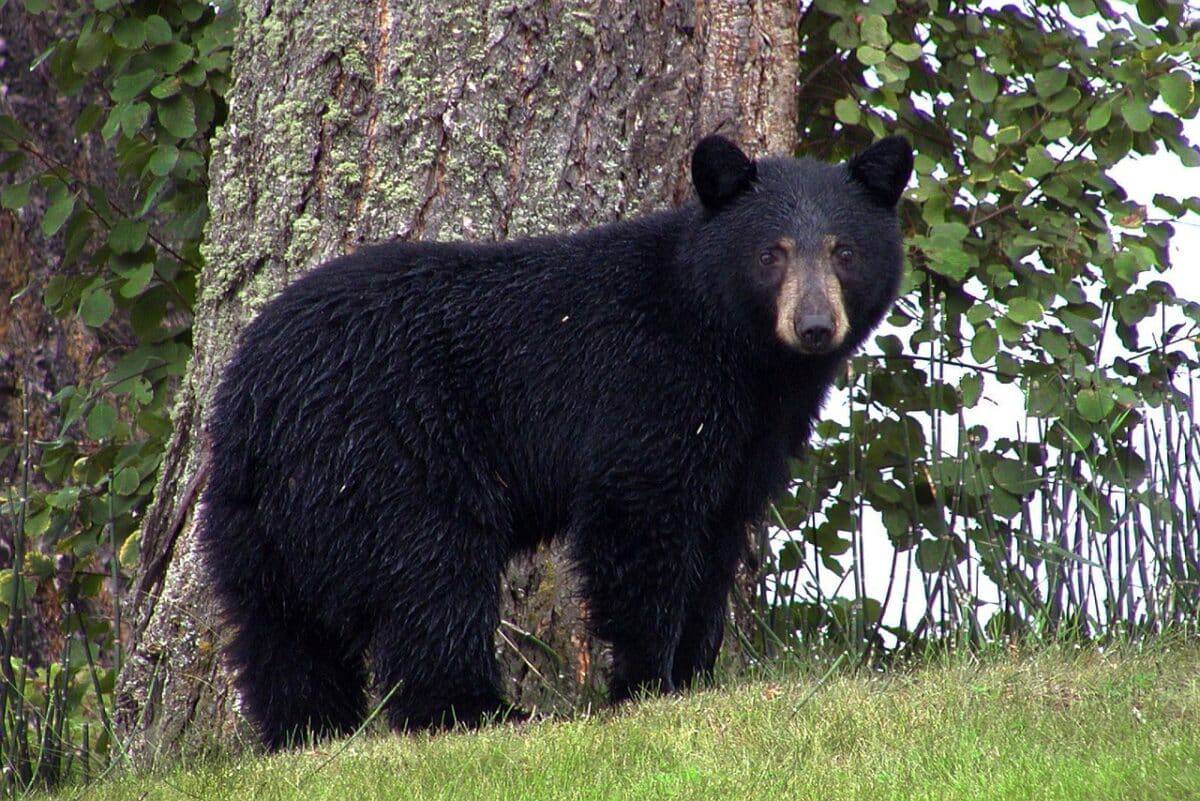
The American black bear and the Puma are two of the most notable predators in the wild. Although both species are carnivorous, they exhibit distinct behavioral patterns that differentiate them from each other. Here, we will explore the distinguishing characteristics of the American black bear and the Puma.
- Social Behaviour
Black bears are predominantly solitary animals but are not opposed to occasional socializing. In contrast, pumas are solitary predators and prefer to remain so throughout their lifetime.
- Hunting Techniques
While black bears mainly feed on herbivores, plants, fruits, and small mammals, pumas depend primarily on hunting larger mammals such as deer, elk, and moose.
- Habitat Preferences
Black bears are found in diverse habitats, ranging from forested areas to shrublands. Pumas mainly inhabit rocky terrain, mountains, and grasslands. These behavioral differences clearly distinguish American black bears from pumas in the wild and highlight their unique adaptations to their respective habitats.
Unique Facts About Their Physical Features
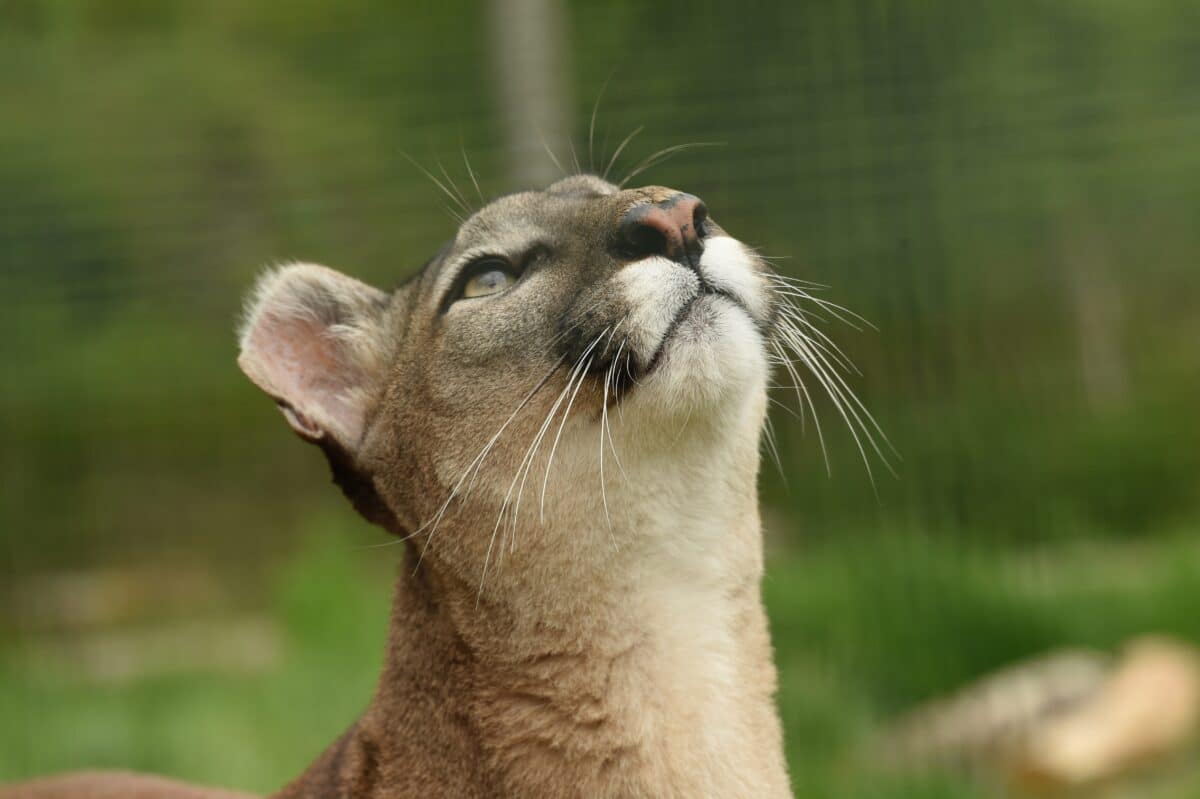
The American Black Bear and Puma are iconic creatures native to North America. Both of these animals possess unique physical characteristics distinct from one another.
- Physical Characteristics of the American Black Bear
The American Black Bear has long, sharp claws and a fur coat ranging from black to blond. They also have a keen sense of smell, making them excellent hunters.
To delve deeper into the remarkable features of the American Black Bear, click here
- Physical characteristics of the Puma (Mountain Lion)
The Puma, also known as the mountain lion, has a sleek and muscular body that allows them to move swiftly across rough terrain. Their fur coat is tan or beige, and they have strong jaws and sharp teeth, capable of taking down prey several times their weight. The Puma also has retractable claws, which allow them to maintain their sharpness for hunting.
Social Structures of Both Species and How it Affects Their Interactions with Each Other
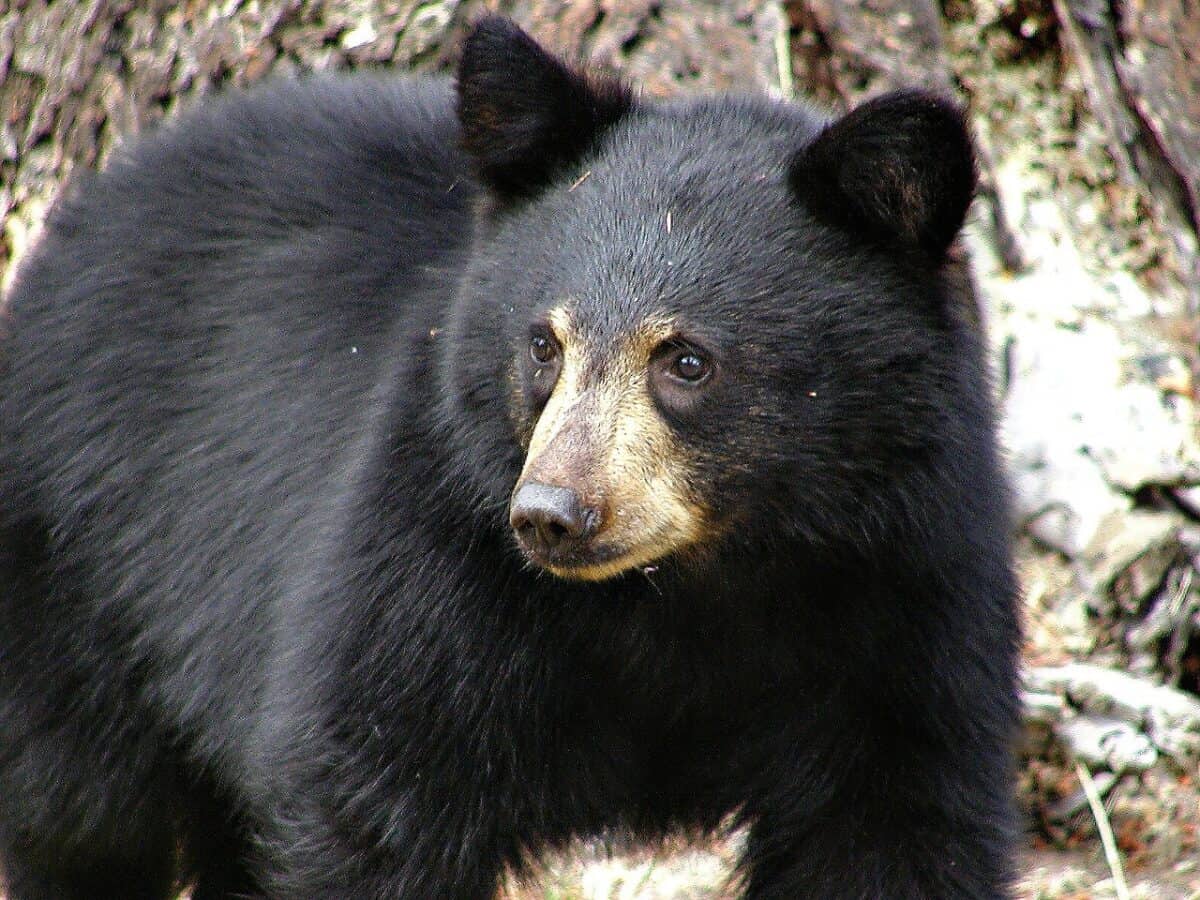
Black bears are solitary creatures and prefer to live alone or in small family groups. On the other hand, Pumas are solitary hunters and only come together during mating season. Their social structures help them in avoiding confrontations and maintaining their territories. When these two animals cross paths, it can be dangerous and unpredictable.
The differences in their social structures also directly impact their interactions with humans. Pumas are known to be shy and elusive, readily avoiding human interactions. On the other hand, Black bears have become more accustomed to human presence, which often leads to negative interactions. Understanding the social structures of these two species is crucial for human safety and for conserving their populations.
FAQs
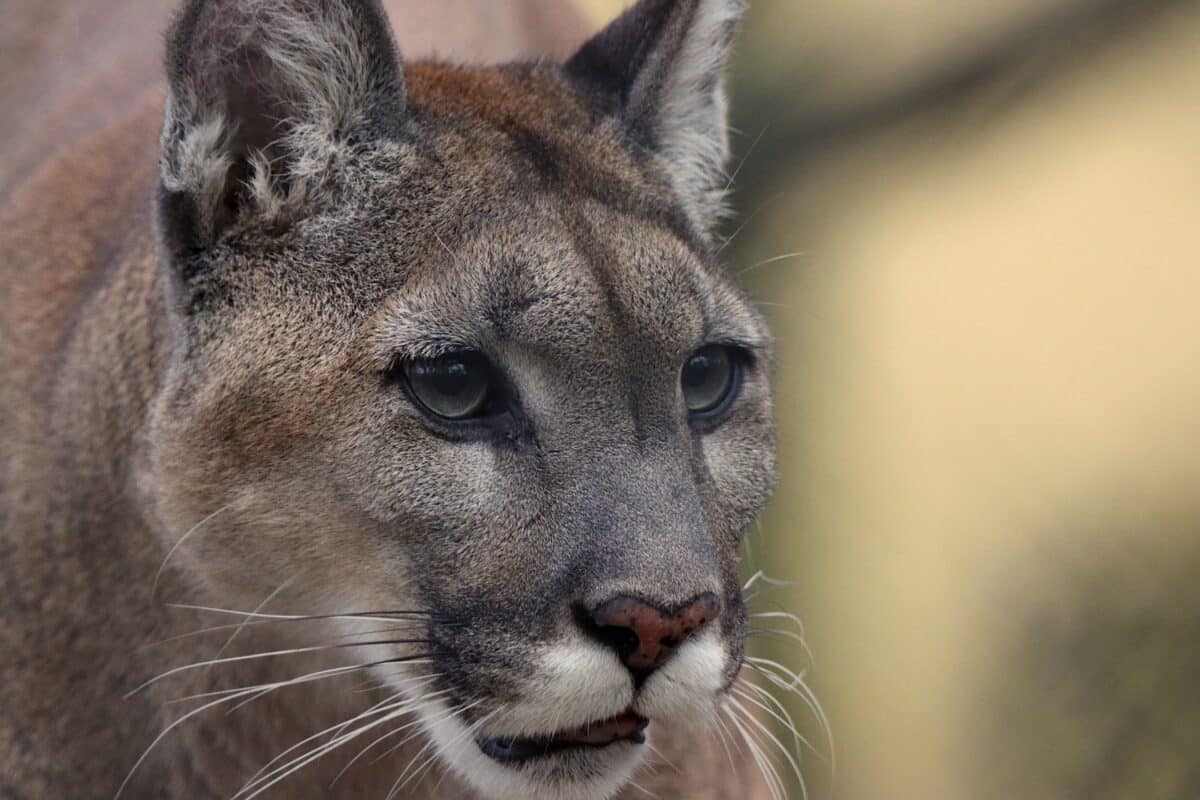
Who is faster, the American Black Bear or the Puma?
The Puma is known for its incredible speed and agility, allowing it to outrun the American Black Bear.
Which predator has more vital hunting skills, the American Black Bear or the Puma?
While both are formidable hunters, the Puma’s stealth and cunning tactics give it an advantage in stalking and capturing prey.
Are American Black Bears and Pumas capable of climbing trees?
Yes, both species are adept climbers. American Black Bears use their strong claws to ascend trees, while Pumas are skilled climbers who can easily navigate treetops.
Wrapping up with American Black Bear vs. Puma
American black bears and pumas may be formidable predators, but they differ. From the geographical distribution of habitat to the details of their very different diets, it is clear that each species has evolved to take advantage of its environment in its unique way.
As we work to conserve and protect wild environments and species diversity, remember the importance of being informed about native wildlife to make better decisions when considering animal welfare and conservation efforts.
Next up:
- American Black Bear Vs. North American River Otter
- Bear Captured After Wandering Into Tampa International Airport
- American Black Bear Vs. Northern Copperhead
Join our Forum for free today!

- Surprised By A Snake In My Toilet In Bali - July 24, 2024
- Discover the Profound Spiritual Meaning of the Brown Bear - July 24, 2024
- Unexpected Snake Slithers Across My Windshield On Arizona Highway - July 23, 2024

